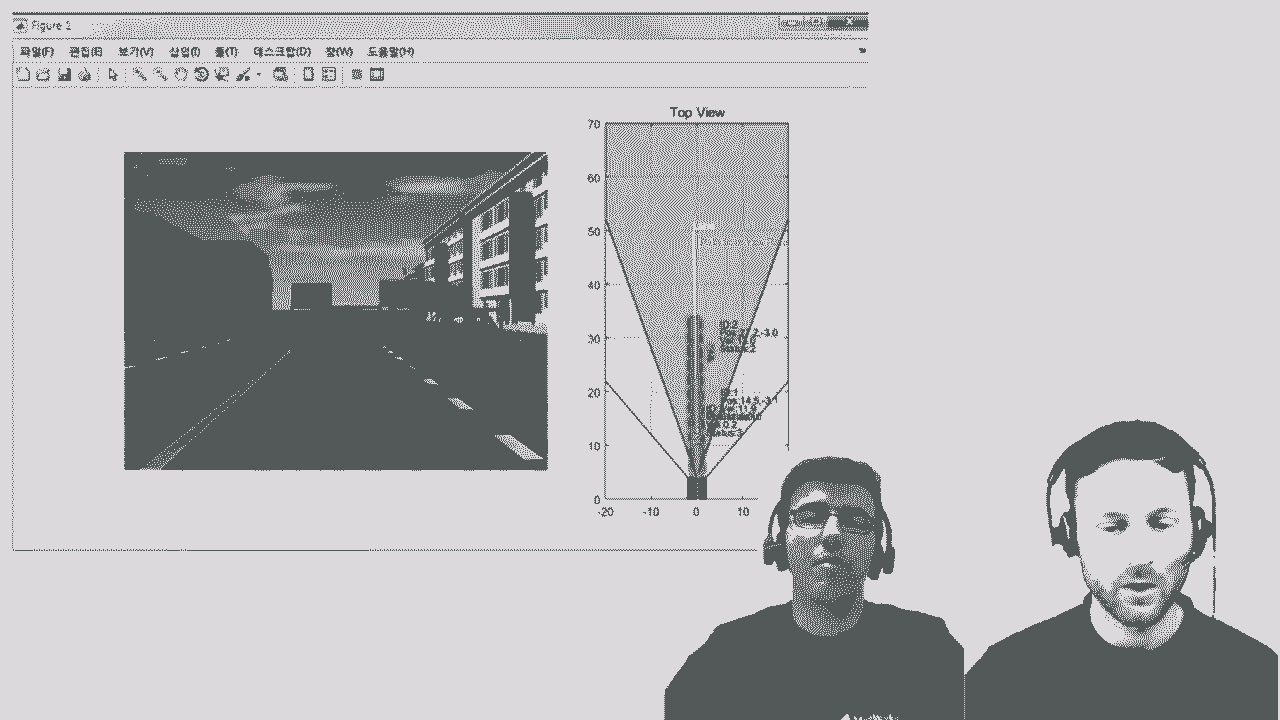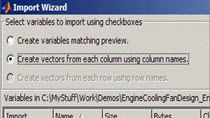Seismic Dip Guided Horizon Interpretation in Petrel with MATLAB
Brett Hern, Chevron
Barton Payne, Chevron
Anne Dutranois Coumont, Chevron
Seismic horizons are geologic features observed in seismic data that indicate a relatively consistent change in acoustic impedance over a wide area. Usually, these horizons have a relatively shallow orientation because natural processes lead the earth’s surface to be mostly flat during deposition. Existing seismic horizon auto-tracking algorithms take advantage of this fact to work in most datasets. There are however various structural deformations which can cause important geologic features to be rotated to steep dips. To solve this business problem, we designed and implemented a seismic dip guided horizon auto-tracking algorithm which uses commercial dip attribute volumes to guide the horizon tracker. We chose to implement our algorithm in MATLAB because it is an efficient language for rapid prototyping, offers flexible visualizations for algorithm validation, and efficient deployment through the MATLAB Compiler SDK. The efficient deployment of iteratively improved algorithm designs was critical to the success of this tool. We needed to obtain feedback on the algorithm results from a wide range of Geoscientists and on datasets from diverse geological environments. Deploying early prototypes of the algorithm into a Petrel plugin allowed rapid iteration based on user feedback.
We’ve implemented an interactive troubleshooting tool to investigate whether initial results could be improved by adjusting algorithm parameters or if fundamental changes to the algorithm were required. This iterative algorithm refinement process resulted in an efficient, easy-to-use, and highly accurate horizon auto-tracker which succeeded where existing commercial software was unsuccessful or inefficient.
Published: 23 Nov 2020




